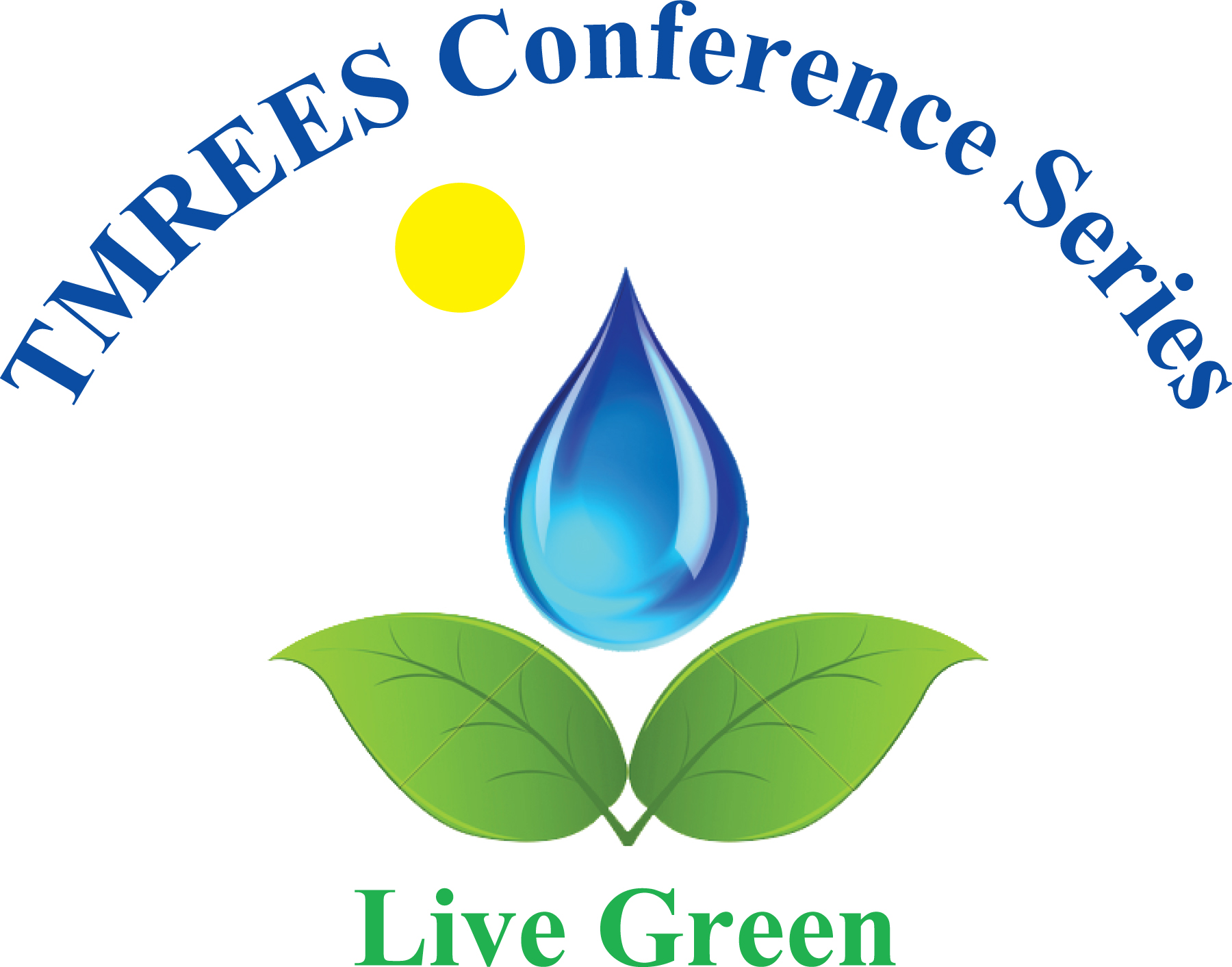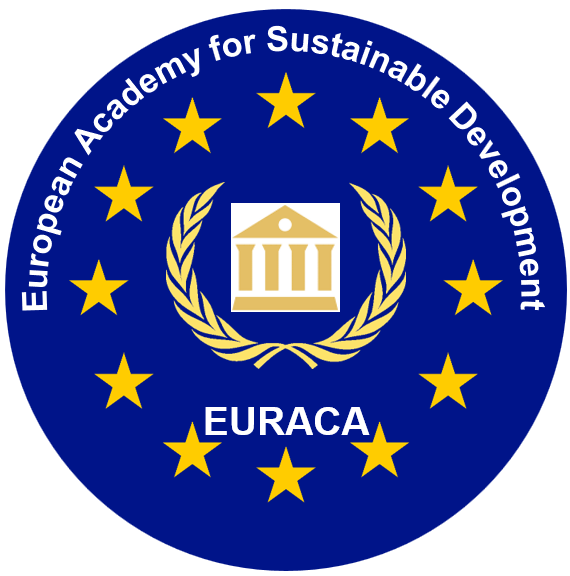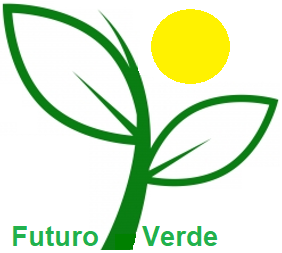|
Wednesday, October 29th
09:00-09:30 Opening
Chairs:
Chafic Salamé, Sofiene Dellagi, Panagiotis Papageorgas, Kareem Jasim, Georgios Vokas, Olga Shepovalova, Auday Shaban and Elena Cristina Rada
09:30-10:00 Session 1
| 09:30 |
Luca Adami Keynote Address
On the environmental sustainability of river-lake systems
|
10:00-11:00 Session 2
Chairs:
Abdelhakim Khatab and Nathalie Sauer
11:00-12:00 Session 3
Chairs:
Kareem Jasim and Luis Angelats-Silva
12:00-13:00Lunch Break
13:00-14:00 Session 4
Chair:
Maryam Dhary-Kamel
| 13:00 |
Shaimaa Aldabag
Optical Properties Study of CdO Thin Films Before and After Cesium Irradiation at Fixed Concentration and Temperature, with Varying Nozzle-Base Distances and a Mobile Substrate (abstract)
|
| 13:12 |
Kareem Jasim and Mahmoud Yousif Hajem
Effect of partial replacement of selenium by lead on electrical properties of S70Se30-XPbX of chalcogenide glasses (abstract)
|
| 13:24 |
Ikhlas H.Sallal and Nihad K. Ali
Synthesis, and Structural Investigations of TiO2 Doped Cr2O3 Thin Films for Gas Sensor Applications (abstract)
PRESENTER: Ikhlas H.Sallal
|
| 13:36 |
Iman Nasr
Preparation and study of some physical and mechanical properties of PVA/CMC blends, for use as a treatment for paper sheets (abstract)
|
14:00-15:00 Session 5
Chairs:
Auday Shaban and Chawki Lahoud
15:00-16:00 Session 6
Chair:
Anzhelika Karaeva
16:00-17:00 Session 7
Chair:
Hajej Zied
17:00-18:00 Session 8
Chair:
Milidin Bakalli
Thursday, October 30th
08:00-09:00 Session 9
Chairs:
Alyaa Abbas-Fadhil and Adawiya Haider
09:00-10:00 Session 10
Chair:
Ramona Giurea
10:00-11:00 Session 11
Chairs:
Olga Shepovalova and Santiago M. Benites
11:00-12:00 Session 12
Chairs:
Dieudonne Kidmo Kaoga and Kareem Jasim
12:00-13:00Lunch Break
13:00-14:00 Session 13
Chair:
Auday Shaban
14:00-15:00 Session 14
Chairs:
Georgios Vokas and Nicolaie Pavel
16:00-17:00 Session 15
Chairs:
Popescu Liliana Georgeta and Simina Lakatos
| 16:00 |
Baydaa Kalaf and Karrar Emad Abd Al Sada
A Novel Hybrid WOFOA Algorithm for Efficient Multi-Objective APP Solutions (abstract)
PRESENTER: Karrar Emad Abd Al Sada
|
| 16:12 |
Adawiya Haider, Takwa Edan, Fatima Sultan, Chafic Salame, Lara M. Talib and Murtadha K. Salman
Synthesis and Optical Features of ZnO, CuO, and TiO2 Nano-colloids Prepared by Laser Ablation (abstract)
PRESENTER: Lara M. Talib
|
| 16:24 |
Boukar Bakang, Bidias Benjamin, Dieudonné Kidmo and Nsouandélé Dit Bouerdjila
Towards Heat-Resilient Photovoltaics: Experimental Evidence of Performance Losses in the Far North Region of Cameroon (abstract)
PRESENTER: Dieudonné Kidmo
|
| 16:36 |
Abdou Aziz Dourfaye Najim, Lahcen Mifdal, Sofiene Dellagi and El Mehdi Guendouli
Maintenance Strategies Integrating Environmental Impact For Wind Turbine Gear Trains (abstract)
PRESENTER: Abdou Aziz Dourfaye Najim
|
17:00-18:00 Session 16
Chairs:
Panagiotis Papageorgas and Simina Lakatos
| 17:00 |
Moises Gallozzo Cardenas, Renny Nazario-Naveda, Luis Angelats-Silva, Nicole Terrones, Juan Miguel Alva-Sevilla and María Mondejar Barrios
Bibliometric Analysis of Silver Nanoparticles in Sustainable Medical and Bioscience Applications (abstract)
|
| 17:12 |
Mohammad Issa, Nour Eldin Afyouni, Abed-Meraïm Kamel, Marwan Alkheir, Hassan Assoum and Anas Sakout
Numerical Simulation of the Aeroacoustic Coupling of a Turbulent Plane Jet impinging on a Slotted plate (abstract)
PRESENTER: Mohammad Issa
|
| 17:24 |
Michel Matar, Bilal El Zohbi, Abed-Meraïm Kamel, Bilal Taher, Hassan Assoum and Anas Sakout
Flow Dynamics, Acoustic generation and Heat Transfer of a Rectangular Jet Impinging on a Heated Plate (abstract)
|
| 17:36 |
Bilal El Zohbi, Michel Matar, Abed-Meraïm Kamel, Hassan Assoum and Anas Sakout
Aero-Acoustic Description Under Different Temperature Conditions at in a Jet Impinging on a Slotted Plate (abstract)
|
Friday, October 31st
08:00-09:00 Session 17
Chairs:
Akram Jabur, Moises Gallozzo Cardenas and Alyaa Abbas-Fadhil
09:00-10:00 Session 18
Chairs:
Segundo R.-F. and Alaa Baldawi
10:00-11:00 Session 19
Chairs:
Hamdy Aboali and Alaa Abd Algaffar
11:00-12:00 Session 20
Chairs:
Hawraa Alwaelly and Hiba Ali
13:00-14:00Lunch Break
13:00-14:00 Session 21
Chairs:
Abdelhakim Khatab and Joseph Asmar
14:00-15:00 Session 22
Chairs:
Prince Adolphus Juah and María Mondejar Barrios
15:00-16:00 Session 23
Chair:
Maryam Dhary-Kamel
16:00-17:00 Closing
Chairs:
Chafic Salamé, Elena Cristina Rada and Panagiotis Papageorgas
|



